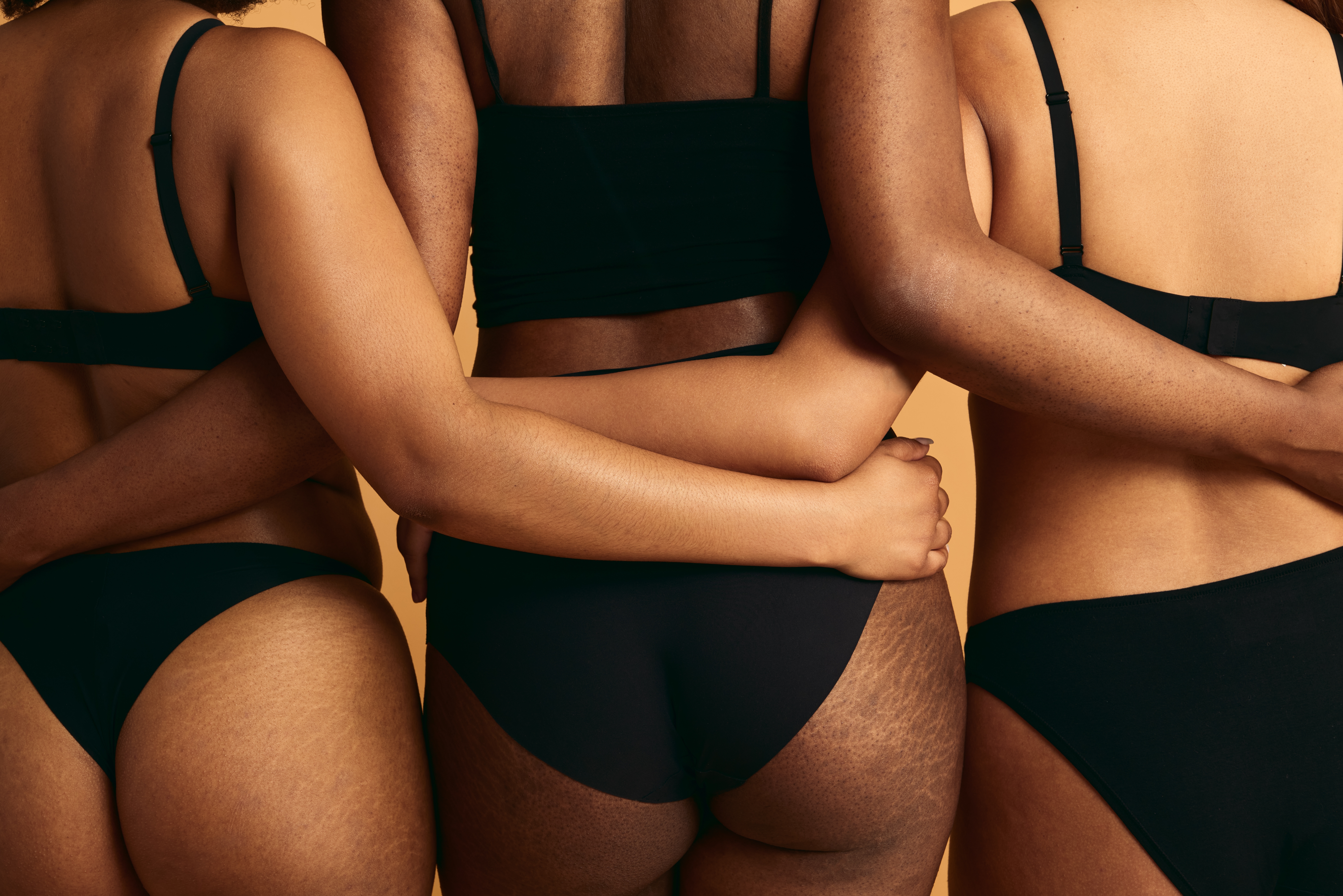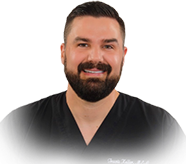
Stretch marks are a common skin concern that affects people of all ages and backgrounds. While they are completely natural and harmless, many individuals seek ways to prevent or reduce their appearance. Understanding what causes stretch marks, how to prevent them, and the most effective treatment options can help you make informed decisions about your skin health.
What Are Stretch Marks?
Stretch marks, also known as striae, are a form of scarring that occurs when the skin stretches or shrinks rapidly. This sudden change causes the collagen and elastin fibers in the skin to break, leading to visible lines or streaks. Initially, stretch marks look red, purple, or dark brown, depending on skin tone. Early stretch marks may also feel slightly raised and itchy. Over time, they often fade to a lighter, silvery hue.
Stretch marks can develop on various parts of the body, typically in areas where the skin is prone to rapid stretching or expansion. Common areas for stretch marks to occur include:
- Abdomen
- Thighs
- Buttocks
- Breasts
- Upper Arms
- Lower Back
Common Causes of Stretch Marks
Several factors contribute to the development of stretch marks. Rapid growth during puberty often causes the skin to stretch quickly, leading to these marks. As the skin heals from rapid stretching, it can leave indented streaks known as stretch marks. Pregnant women may also develop stretch marks as their abdomen expands to accommodate a growing baby. Rapid weight gain or loss can also lead to skin stretching or shrinking, making stretch marks more likely to form. Significant muscle growth, often seen in bodybuilders and athletes, can also contribute to their development.
Genetics play a role, as some people are more predisposed to stretch marks than others. Hormonal changes, particularly increased levels of cortisol, can weaken the skin’s elasticity, making it more prone to stretching and scarring. Certain individuals may also have certain risk factors, making them more prone to stretch marks.
Can You Prevent Stretch Marks?
While stretch marks are not always avoidable, there are ways to support skin elasticity and minimize their formation. Staying well-hydrated can help improve the skin’s flexibility and resilience while eating a nutrient-rich diet with vitamins C, E, and zinc can support collagen production. Regularly moisturizing with creams or oils that contain hyaluronic acid, cocoa butter, or shea butter may help keep the skin supple. Also, avoiding rapid weight fluctuations by maintaining a steady weight can reduce the likelihood of stretch marks forming. Engaging in regular exercise improves circulation and helps the skin remain elastic and strong.
Treatment Options for Stretch Marks
If you already have stretch marks, various treatments can help improve their appearance, though complete removal is unlikely. Some of the most effective options include:
Topical Prevention and Treatment
Topical treatments such as retinoids and hyaluronic acid-based creams may encourage collagen production and enhance skin texture over time. These stretch mark creams work best on newer stretch marks and require consistent use for noticeable results.
Microneedling
Microneedling is another effective option that stimulates collagen growth by creating tiny micro-injuries in the skin. This process encourages the skin to regenerate, leading to improved texture and a reduction in the appearance of stretch marks. During the procedure, a device with fine needles punctures the skin, triggering the body’s natural healing response. Over time, this process helps to remodel the skin’s structure and improve its elasticity.
Many individuals see a noticeable improvement in skin tone and texture after multiple sessions. Microneedling is often combined with exosome therapy, which involves applying a serum derived from cellular components to enhance healing and boost collagen production. The combination of microneedling and exosomes can accelerate the skin’s renewal process, making stretch marks less visible.
Laser Therapy
Laser therapy is widely used for stretch mark reduction, with fractional laser treatments being among the most effective options. These lasers penetrate the skin’s surface to stimulate collagen and elastin production, promoting smoother, more even-toned skin. Laser Genesis, a non-invasive laser treatment, gently heats the dermis to stimulate new collagen formation, improving overall skin texture and reducing redness in newer stretch marks. This treatment requires minimal downtime and is well-suited for individuals with mild to moderate stretch marks.
For deeper and more stubborn stretch marks, erbium laser peels can be used to resurface the skin. This treatment removes the outer layer of damaged skin, allowing new, healthier skin to take its place. By encouraging cellular turnover, erbium laser treatments help smooth out the texture of stretch marks and improve overall skin tone. While this option may require a few days of downtime, it is particularly effective for older, more prominent stretch marks.
While no single treatment can make stretch marks disappear completely, combining different approaches and maintaining a consistent skincare routine can significantly improve their appearance.
Embracing Your Skin
It’s important to remember that stretch marks are a natural part of life and do not indicate poor health or inadequate skincare. While various treatments can help reduce their appearance, embracing and caring for your skin is the best approach. Whether you choose to prevent, treat, or accept stretch marks, maintaining healthy skin habits will always be beneficial.
Schedule a Consultation
The right treatment for you will depend on various factors, such as the severity of your stretch marks, your skin quality, and more. If you’re considering professional treatments to improve the appearance of stretch marks, consulting with Keller Aesthetics can help determine the best approach for your skin type and concerns.
Treating stretch marks is an individualized process, which is why we create personalized treatment plans for each of our patients. During your professional consultation with Travis Keller, you will discuss your medical history, stretch marks concerns, and ultimate skincare goals to develop a treatment to prevent stretch marks and/or treat them.








